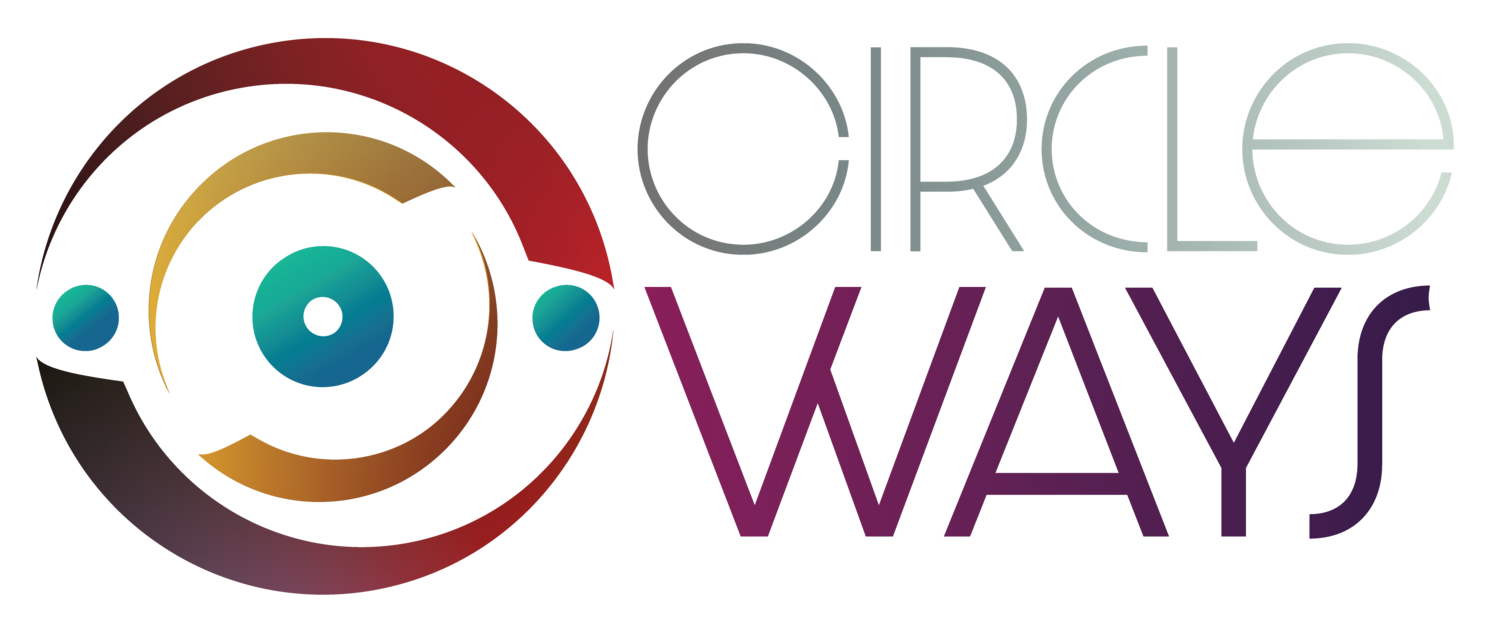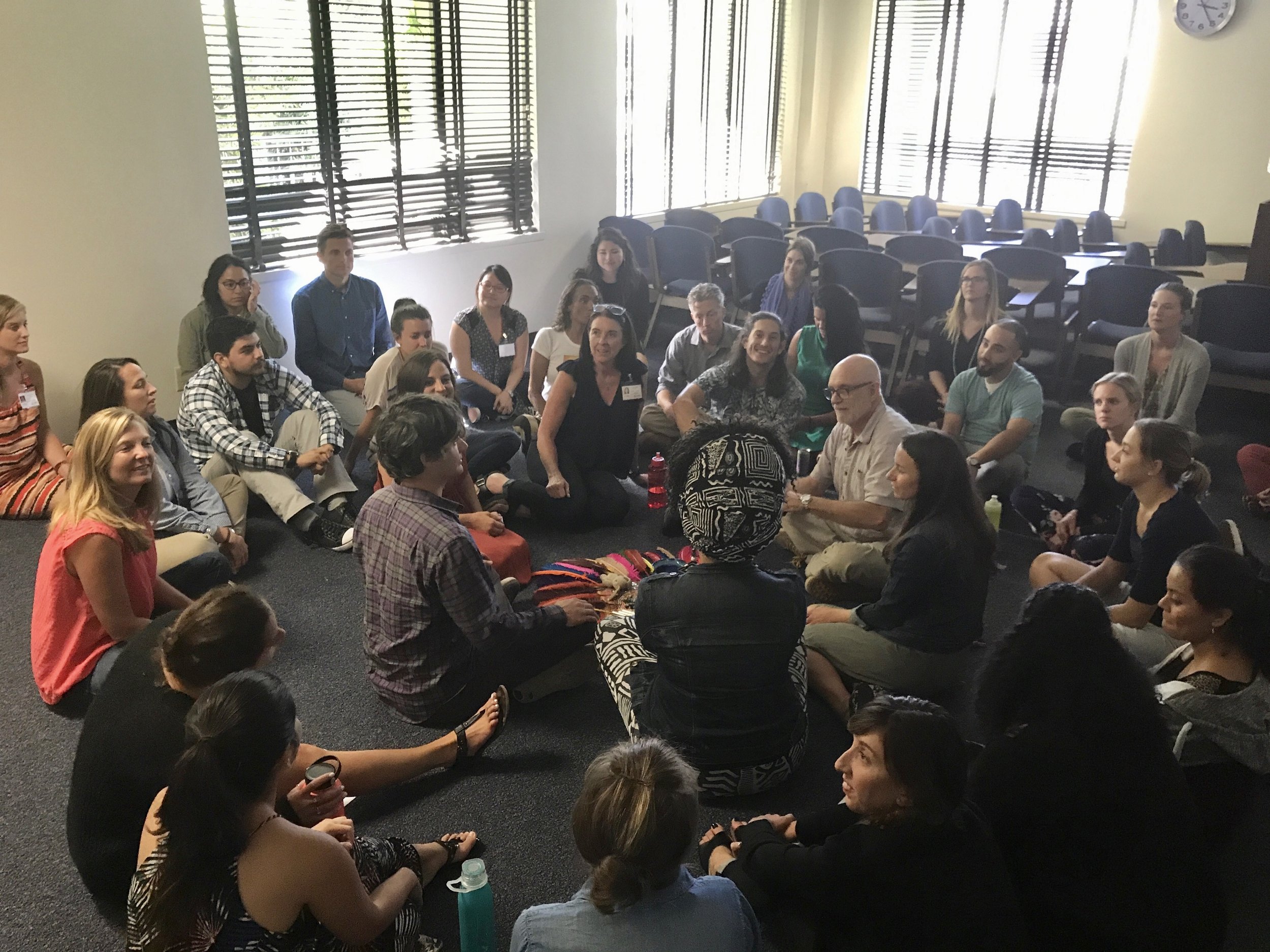Circle-Based Pedagogy in a Multiethnic Environment
by Joe Provisor
When I began teaching in the early 1980’s in Los Angeles, my students were all children of recent immigrants and refugees. Many were deeply traumatized by experiences of fear and brutality I could not imagine. I credit these students with helping me to wake up from my privileged white male bubble. When I came to know their stories, my heart broke open.
Their stories, however, were not told in English until late in the school year. I was fortunate, however, to meet three career shaping influences at that time: Paulo Freire¹, James J. Asher’s Total Physical Response, and circles. From Freire, I learned to listen to my students and to serve their needs. I learned that my students would teach me. I also learned about how Freire and his team developed the most successful second language learning modality to teach indigenous adults in Brazil to read and write Portuguese. He used a process called “investigative circles.” Freire did not want to bring a colonial mindset to his teaching. He did not want to excise or devalue the native languages and cultures, as was done so often with indigenous people in America and Canada. He wanted students to understand that they were indeed teachers, carriers of wisdom about their ways of life, not empty vessels to be filled in what he called “banking education.” The process involved listening to the people, noticing their ways, and honoring their genius, their stories.
Freire’s team would observe the people go about their daily business—caring for the children, working the fields, hunting, gathering, storing, and cooking food. They would then draw pictures or take photographs of these scenes. Sitting in a circle, each adult would tell stories of their personal experiences in the village, stories about the field and the river, of survival and joy, of loss and grief. The language learning, then, centered
¹ Freire, Paolo. Education for Critical Consciousness. Trans. Maya B. Ramos. New York:
Continuum International Pub. Group, 2003. Print.
around these experiences, acting out their stories in the new language through what Asher later called Total Physical Response. Further, Freire’s team motivated these adults who were taking on this arduous task of second language learning after having worked all day. He indicated to them that the value of reading was to enhance what they already knew, to bring new perspectives, other ways to interpret and practice the tasks of life. This learning was always done in a circle, both to demonstrate respectful egality and to bear witness to one another.
Asher’s pedagogy involved doing what you say.² He used novel commands to bring levity to the process. For example, he would call out, “Touch your nose.” “Walk to the window.” “Touch the window.” “Touch the window with your nose!” It turns out that one can even acquire facility with complex grammatical structures involving many tenses using this method. And the language sticks because it is infused into muscle memory.³
² Asher, James J., and Carol Adamski. Learning Another Language through Actions: The Complete Teacher's Guidebook. Los Gatos, CA: Sky Oaks Productions, 1982. Print.
³ A published interview: Interview with Joe Provisor for the Komensky Educational Quarterly in the Czech Republic




